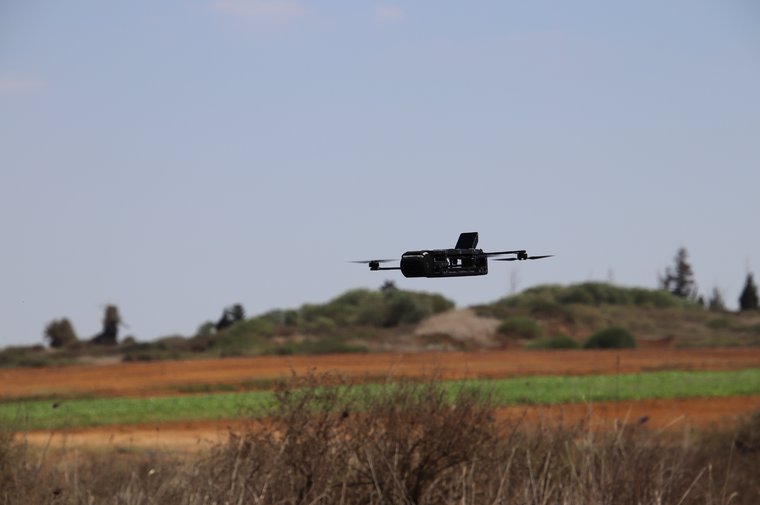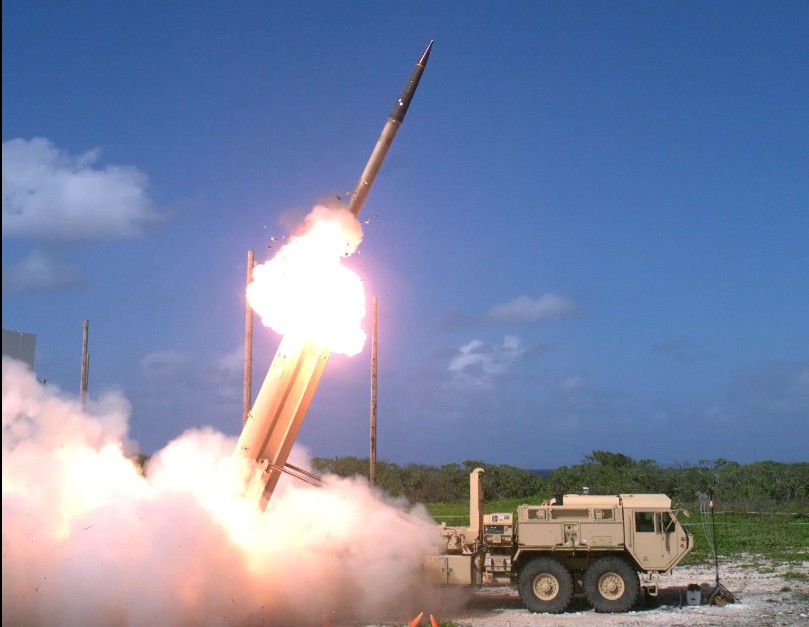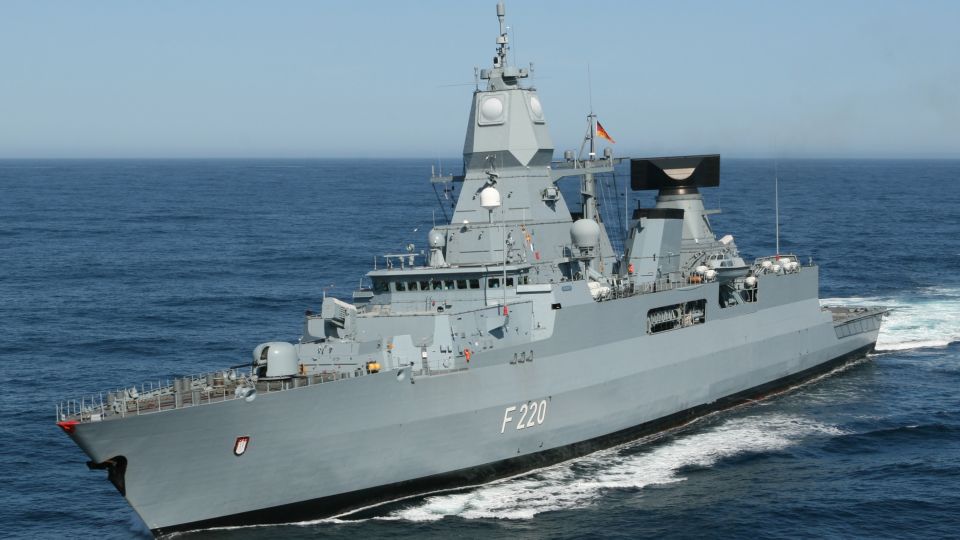Germany and UK to Forge Agreement on Long-Range Weapons and Comprehensive Defense Cooperation
Germany and UK Unveil Historic Defense Pact to Boost NATO Security COLOGNE, Germany — In a significant step towards strengthening…
SpearUAV Unveils Viper: A Cutting-Edge Top-Attack Drone Interceptor
Israel's SpearUAV Launches Advanced Viper I Loitering Munition for Enhanced Defense Capabilities October 2023 – SpearUAV, an Israel-based technology company,…
Pentagon Confirms Advanced US Missile System Deployed in Israel
Advanced THAAD Missile Defense Battery Deployed in Israel Amid Rising Tensions with Iran In a strategic move to bolster Israel’s…
Germany Establishes NATO Naval Command Center in the Baltic Sea
Germany Opens NATO Naval Command Center Amid Rising Tensions in Baltic Sea Rostock, Germany – In a significant move to…
Australia Secures $4.7 Billion Deal for Advanced US Missiles
Australia Secures $4.7 Billion Missile Deal with the US Amid Rising Tensions in Asia-Pacific Canberra, Australia – In a significant…
Rohde & Schwarz to Provide German Warships with Electronic Support Systems
Rohde & Schwarz to Supply Advanced Communication and Radar Systems for German Navy's Sachsen-class Frigates Rohde & Schwarz has secured…






